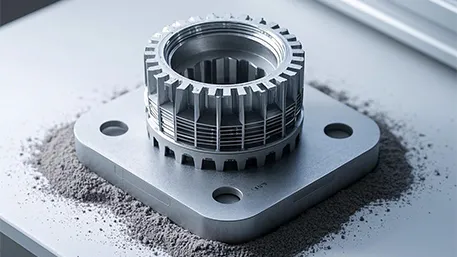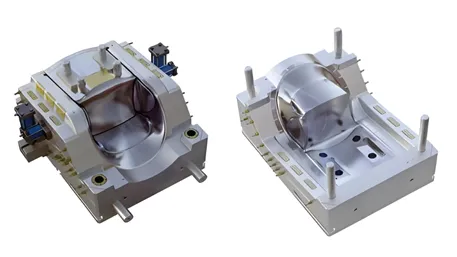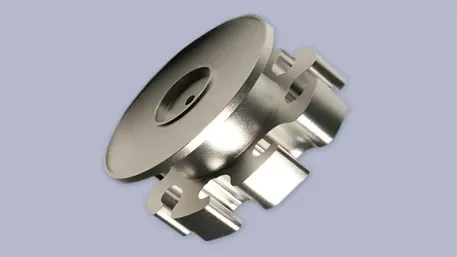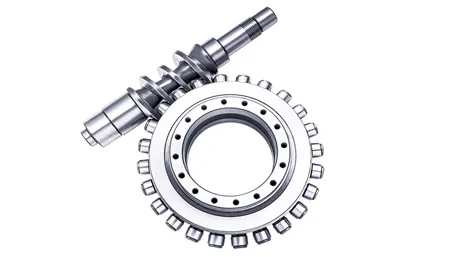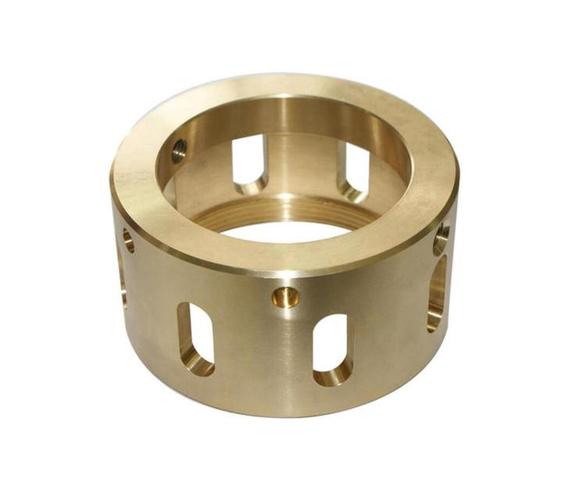Against the backdrop of the global manufacturing industry’s accelerated transformation towards intelligence and greenness, the custom injection molding mold industry is undergoing profound changes. With the explosive growth in demand from sectors such as new energy vehicles, consumer electronics, and medical devices, as well as breakthroughs in materials science and digital technology, custom injection molding molds have become a crucial hub connecting innovative design and large – scale production. The following analyzes the latest industry trends from three dimensions: technological innovation, market dynamics, and policy drivers.
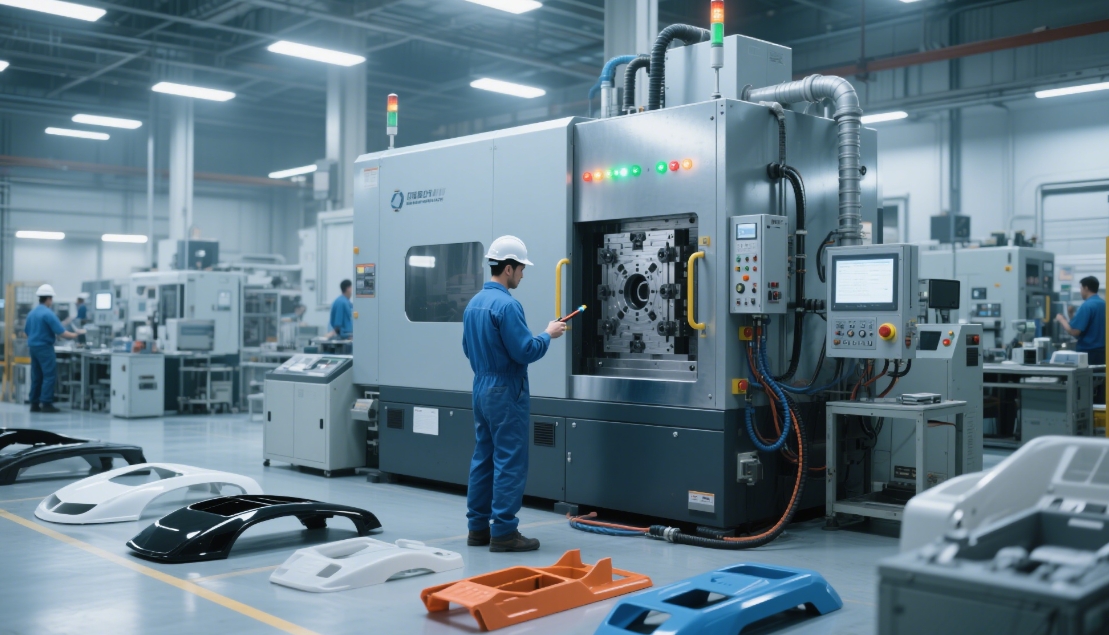
I. Technological Breakthroughs: Intelligence and Material Innovation Reshape the Industry Landscape
Integration of Digital Design and Manufacturing
The patent for “Intelligent Design Optimization Method and System for Human – Machine Interaction in Injection Molds” recently approved by Nanjing Qitianle Technology uses a machine – learning model to accurately predict product quality and combines regression analysis to optimize the processing path. This has shortened the mold design cycle by 30% and reduced the number of mold trials from an industry – average of 9 times to 2 times. Haier Mould’s “Haimo Zhiyun” platform uses NB – IoT intelligent sensors to monitor the mold status in real – time. It has managed over 223,000 sets of molds from more than 500 enterprises, achieving full – chain digital collaboration from design to operation and maintenance, with a cost reduction of 37%.
Performance Leap Driven by Materials Science
The service life of Tesla’s charging pile mold has increased from 500,000 times to 1.5 million times. The core lies in the use of near – zero – carbon green mold steel developed by Zhangxuan Technology. Through hydrogen metallurgy technology, the nitrogen content is controlled at 70 – 90ppm, an 80% reduction compared to traditional processes. At the same time, the content of residual elements such as copper and nickel is lower than the high – quality standards of the North American Die Casting Association. Toray Chemical’s nanofiber – reinforced PHA material has a heat resistance breakthrough of up to 180°C, prompting injection molding machine enterprises to develop low – shear screws to adapt to the new material. The EU’s policy that bio – based plastic packaging should account for more than 40% by 2030 has further accelerated this process.
Expansion of 3D Printing Technology Applications
The unsupported 3D – printed water – cooled charge air cooler jointly developed by the University of Modena and Conflux has been successfully applied to the Dutch Donkervoort P24 RS sports car, achieving the integrated molding of complex flow channels. The 3D – printable mold steel developed by MIT, by optimizing thermal conductivity (a 25% increase in thermal conductivity) and hardness (HRC 58 – 62), provides key support for Tesla’s integrated die – casting technology. It is expected that the penetration rate of 3D printing in mold manufacturing will increase from 12% to 25% by 2025.
II. Market Dynamics: Regional Competition and High – end Demand Go Hand in Hand
Reconfiguration of Global Production Capacity Layout
The US “Inflation Reduction Act” provides a 12% subsidy for local mold procurement, driving a 217% surge in investment in Mexican mold industrial parks. Chinese manufacturers such as Yinbaoshanxin have accelerated their overseas expansion by obtaining the AS9100D certification. At the same time, the ASEAN High – efficiency Processing Technology Summit focuses on the automotive parts and electronics manufacturing fields, promoting the upgrading of the Southeast Asian manufacturing industry. In 2023, China’s mold export value reached 8.3 billion US dollars, with the proportion of ASEAN increasing to 31%.
Accelerated Domestic Substitution in the High – end Market
China’s mold self – sufficiency rate has increased from 70% in 2018 to 85% in 2023. Leading enterprises such as Ruihu Mould and Wenyisanja have emerged in the field of precision molds. The Shanghai DMC2025 Mold Exhibition will focus on showcasing green manufacturing technologies such as micro – foaming molding and composite material molds. It is expected to attract 150,000 visitors and promote collaborative innovation in the industrial chain. In 2023, the market size of China’s metal molds reached 186.5 billion yuan, and it is expected to exceed 220 billion yuan by 2025, with the growth rate of new energy vehicle molds exceeding 15%.
Customized Services Become the Core of Differentiated Competition
Weihai Yichen Precision Technology’s high – end automotive supporting project has shortened the injection molding cycle of car light shells from 70 seconds to 50 seconds through an intelligent production line, with a daily production capacity of over 2,000 pieces. The products are supplied to brands such as BMW and Xiaomi. For the medical device field, a micro – injection mold developed by a Suzhou – based enterprise has an accuracy of 0.002mm, meeting the complex structural requirements of minimally invasive surgical instruments. The unit price of the product has a 40% premium compared to traditional molds.
III. Policy Drivers: Green Manufacturing and Regional Collaboration Become New Kinetic Energies
The Carbon Neutrality Goal Forces Industrial Upgrading
China’s molding and plastics industry carbon quota trading was launched in 2024. Enterprises such as Haitian International and Chen Hsong Machinery have reduced carbon emissions through servo system upgrades. It is expected that the first batch of “negative – carbon factories” will emerge in 2025, and their carbon sink revenue can reach 15% – 20% of net profit. The EU’s “New Battery Regulation” requires that the proportion of bio – based materials in battery casings exceed 12% by 2030, prompting injection molding enterprises to accelerate the development of biodegradable mold solutions. For example, the biodegradable PLA injection mold of X technology has increased efficiency by 50% through a multi – cavity design.
Regional Policies Guide Industrial Agglomeration
The central and western regions have attracted industrial transfer through tax incentives (such as a 15% subsidy for high – end equipment manufacturing in Chongqing) and industrial park construction (such as the Anhui Shunda Mold Project). In 2023, the demand for molds in the central and western regions increased by 17.6%, higher than the national average. The Yangtze River Delta region has formed a 200 – kilometer – radius mold material supply circle. The industrial clusters in Suzhou, Ningbo, and other places have a market share of over 45% in the automotive mold field.
Standard System and Intellectual Property Protection
The “High – end Mold Development Action Plan” issued by the Ministry of Industry and Information Technology clarifies the target of a 75% self – sufficiency rate for precision molds by 2025, promoting enterprises to strengthen core technology research. In 2023, the number of patent applications in China’s mold industry increased by 12% year – on – year. Enterprises such as Nanjing Qitianle and Haier have built technical barriers through patent layout. Haier’s mold intelligent sensor has obtained more than ten exclusive patents.
IV. Future Outlook: Dual – Wheel Drive of Intelligence and Globalization
The industry is showing three major trends: First, the popularization of intelligent production. By 2025, the penetration rate of digital design software (CAD/CAE) will reach 85%, and the AI production scheduling system can increase equipment utilization to 78%. Second, the acceleration of material and process innovation. Green technologies such as micro – foaming injection molding and multi – material composite molds will become mainstream, and the mold service life is expected to increase by another 30%. Third, the upgrade of service models. There is a transformation from single – mold manufacturing to an integrated “mold + product” solution. New models such as remote diagnostic equipment operation and maintenance and mold rental sharing are expected to create an additional 15% – 20% profit.
In this context, enterprises need to focus on technology research and development (such as the mold steel upgrade of Tesla’s partner enterprises), regional layout (such as the geographical advantages of the Mexican industrial park), and policy adaptation (such as the carbon quota trading mechanism) to gain an edge in the new round of industrial competition. International platforms such as the Shanghai DMC2025 Mold Exhibition and the German EMO 2025 Machine Tool Exhibition will become important windows for observing industry technology trends and market trends.

